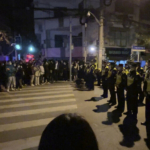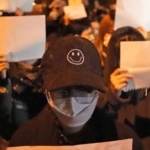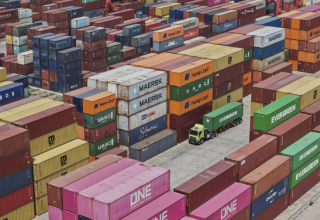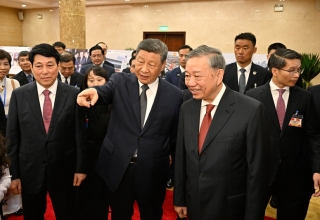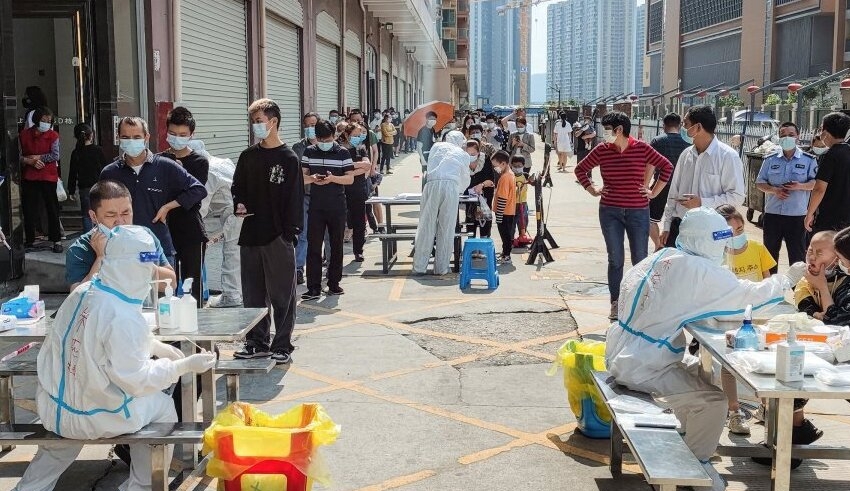
Beijing people applauded the removal of COVID-19 testing booths, while Shenzhen followed the lead of other cities by declaring that commuters will no longer be required to produce their test results in order to travel, as a loosening of China’s virus restrictions gathered momentum.
Although daily instances are hovering at all-time highs, several localities are easing COVID-19 testing criteria and quarantine regulations in an effort to make China’s zero-COVID policy more targeted amid an economic recession and public turmoil.
China’s zero-tolerance policy to COVID, which has resulted in lockdowns and frequent virus testing, has made it an outlier in the global community three years into the pandemic. It states that the actions are necessary to save lives and prevent healthcare system overload.
China began modifying its strategy this month, asking local governments to become more focused. However, initial reactions were marked by uncertainty and even tighter lockdowns as cities sought to contain the outbreak.
Then, a catastrophic apartment fire in the city of Urumqi in the far west spurred dozens of protests against COVID restrictions in a wave unprecedented in mainland China since President Xi Jinping assumed control in 2012. Since then, cities such as Guangzhou and Beijing have taken the initiative in effecting change.
Shenzhen, a city in southern China, declared on Saturday, December 3, that it would no longer require a negative COVID test result to utilize public transportation or enter parks, following similar actions by Chengdu and Tianjin, two of China’s largest cities.
Keep Reading
Many testing booths in the Chinese capital Beijing have also been closed, as the city no longer requires negative test results as a prerequisite for entry to places such as supermarkets and will do so for subways beginning on Monday. However, many other venues, including offices, continue to require negative test results.
On Friday, December 2, a video showing employees in Beijing using a crane to load a testing booth onto a truck went popular on Chinese social media.
“This should have been removed sooner!” remarked one commentator. “Exiled to the past,” said another.
Reuters was unable to verify the footage’s veracity. At a few of the remaining booths, though, residents complained of hour-long lines for the tests as a result of the closures.
Sources familiar with the situation told Reuters earlier this week that China is poised to announce a statewide drop in testing standards as well as enabling positive cases and close contacts to isolate at home under certain conditions.
During a meeting with European Union officials on Thursday, December 1 in Beijing, Xi blamed the large protests on youngsters upset by years of the COVID-19 epidemic, but said the now-dominant Omicron strain of the virus allowed for fewer restrictions, according to EU officials.
Officials have just recently begun to downplay the dangers of Omicron, which represents a substantial shift in message in a society where fear of COVID is widespread.
On Friday, some Beijing communities posted on social media guidelines for how positive cases can be isolated at home, a groundbreaking action that represents a departure from official guidance to transfer such individuals to central quarantine.
Nonetheless, the relief has been followed by concerns, particularly from groups such as the elderly who feel more vulnerable to a sickness that authorities had constantly described as fatal until this week, illustrating the challenges Xi and Chinese leaders confront in easing restrictions.
Friday, China reported 32,827 new local COVID-19 infections, down from 34,772 the previous day.
